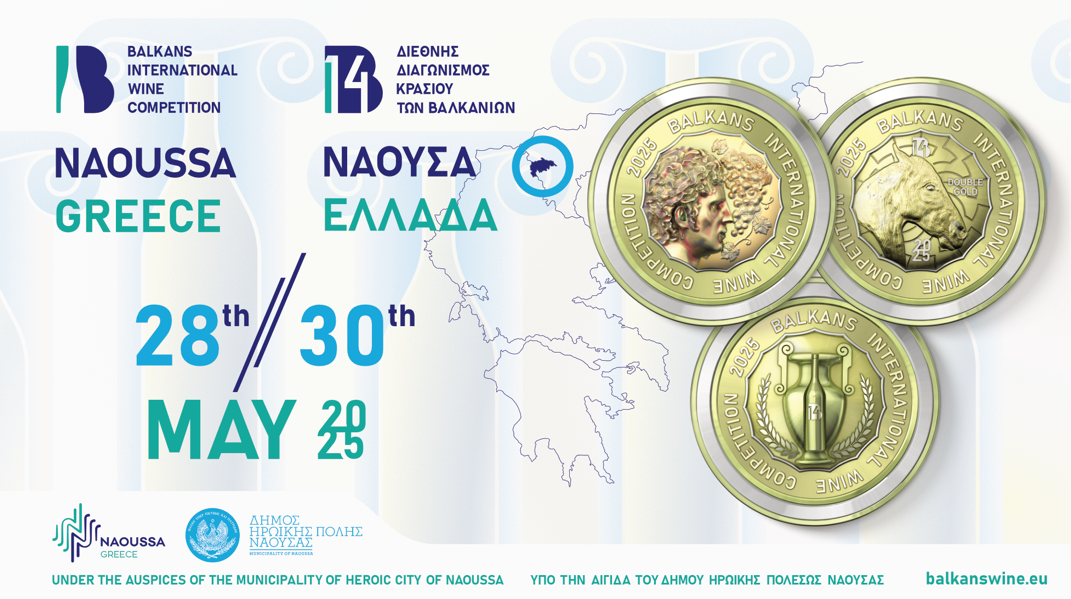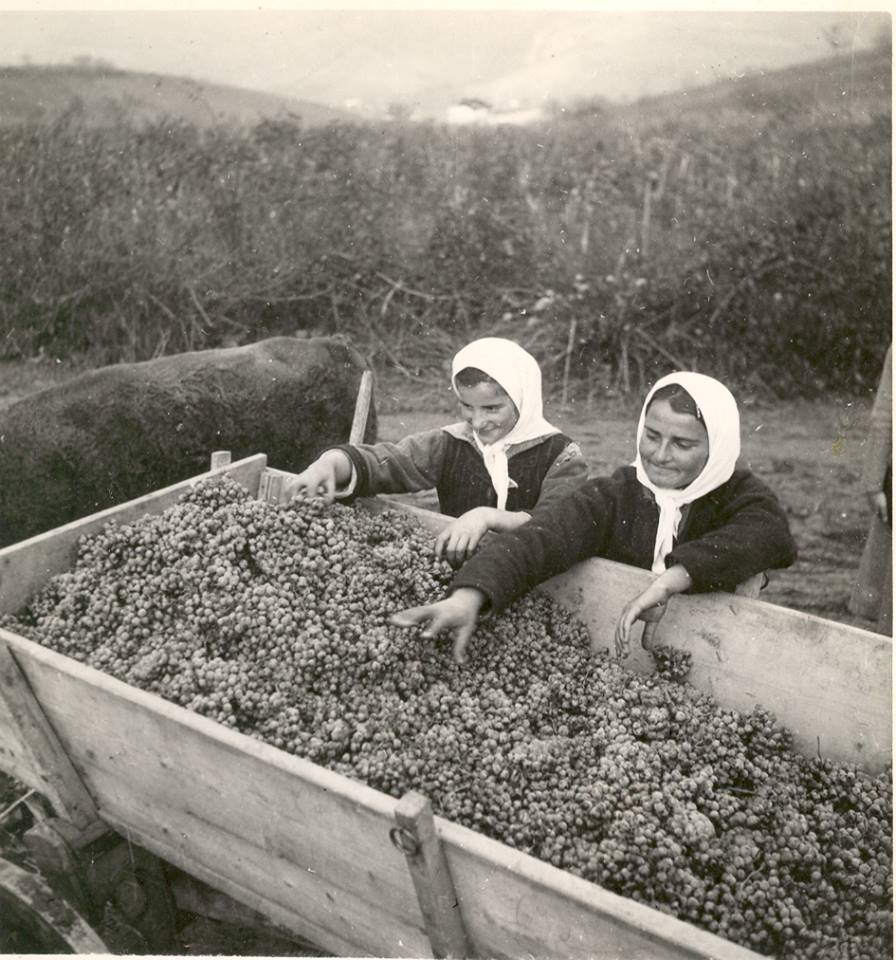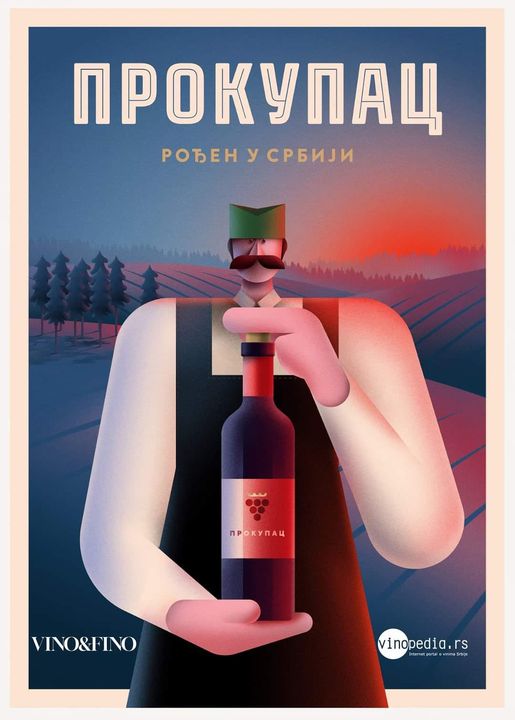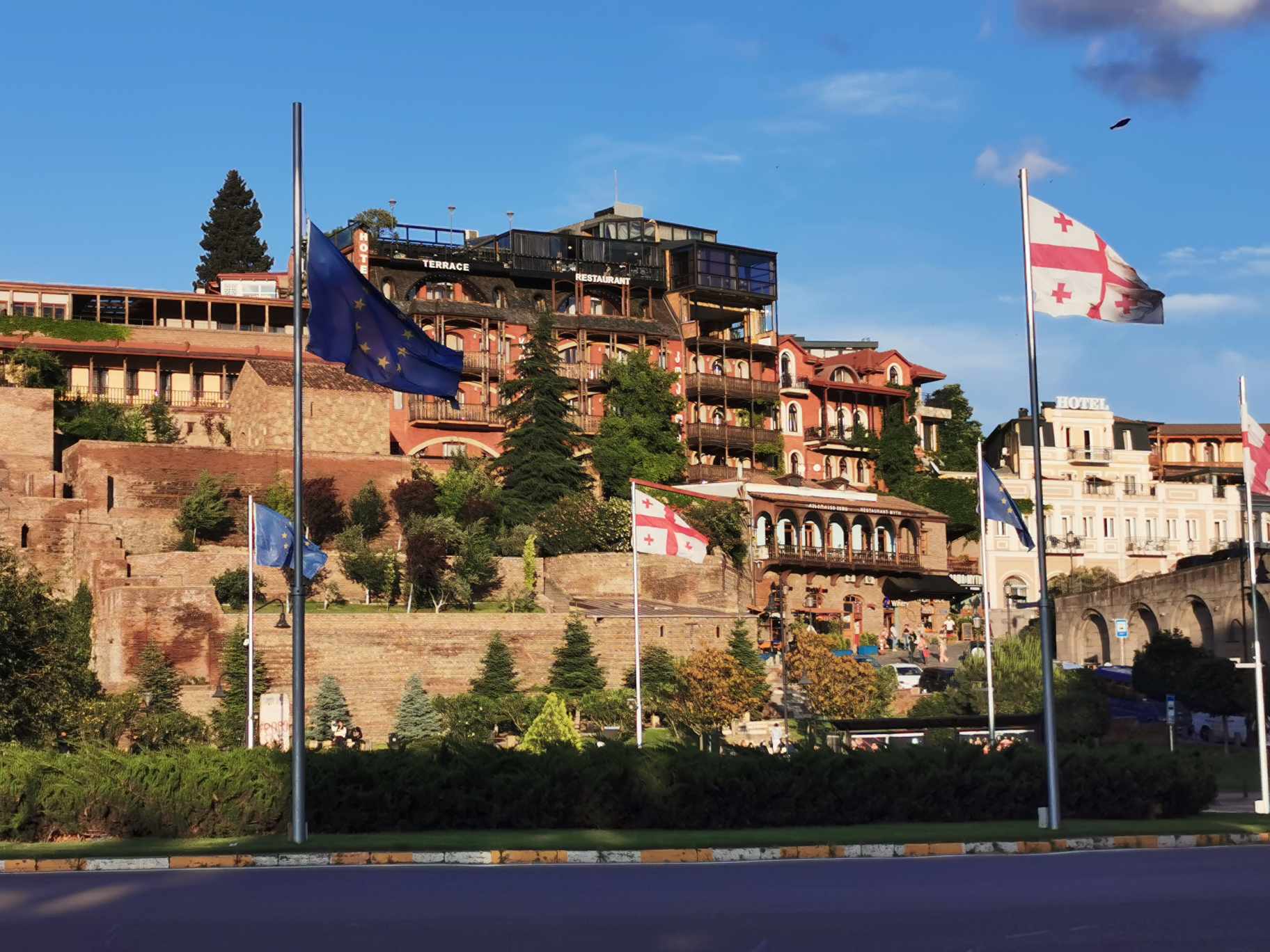Events
Events / 04/09/2020 / 1661
March 11th, 2020. I have just returned home from Croatia and the situation in the whole region is getting more and more complicated with the corona virus epidemic. I anticipate receiving an email from the organizers of the Kadarka Grand Prix wine competition in Kiskőrös (Hungary) to inform me that they have cancelled the event. However, on March 11th, the final confirmation arrives that the competition will take place, that they have taken all necessary precautions and that they are awaiting me there in accordance with the competition program.
March 13th, 2020. The competition starts in the morning. I am going together with other international judges, i.e. from Bulgaria, Poland and Austria to István Borház winery, where the competition will take place. At the very entrance, apart from registration of wine judges, ample supply of hand disinfection gel has been at disposal, all wine judges are seated at adequate distance from each other. Also, the event takes place in several rooms so as to reduce the number of people present in one room at the same time. Indeed, praiseworthy organization and logistics. The Hungarians, though, have taken extra precautionary measures... A shot of morning palinka before breakfast is said to be protection against all sorts of viruses.

Kadarka Grand Prix has been held in Kiskőrös for 25 years, and over time it has grown from a regional to an international competition. Among 110 competing wine samples, there are also samples from Serbia, Bulgaria and Slovakia alongside Hungarian ones.
Museum exhibits of Hungarian Kadarka wine labels:






The competition runs in accordance with the OIV rules. The judges evaluate the wines and select gold winners, and then members of the special jury consisting of all panel chairmen, János Frittmann (winemaker of the year in Hungary in 2019) and Gyula Kósa (creator of the competition) pick the best wine of the competition.
The ceremony of announcing the winners will be held later in the afternoon. While the results are being processed and preparations made for the award ceremony, guests and fellow judges have an opportunity to taste and see all wine labels that participated in the competition in the form of "walk-around tasting". The excitement is slowly growing. The judges are guessing who could be the winner... I spot Kadarka from Tonković Winery among exhibited wines. Hm, I inquire some of fellow judges to get their feedback about the wine. Laudable indeed...
The award ceremony begins. Since the whole ceremony is in Hungarian language, I could have skipped most of it, especially long speeches and words of gratitude to sponsors. But, the moment has come to announce best-rated wines. Everyone is excited to hear who will win the title of the best Kadarka in the competition. The awarded wines will receive a diploma, while the best Kadarka of the entire competition will also receive a huge trophy. A total of 17 gold medals were awarded at the competition. And among them, 3 best-rated wines will be selected.
A winery from Villány wins the third place with its wine Gere Tamás and Zsolt Kadarka 2017 made from grapes picked at the reputed Kopar vineyard plot. Umenhoffer Winery from Hajós-Baja region wins the second place with white Kadarka 2019 wine. And then, the moment has come to coronate the best Kadarka of this year's competition. The winner of the grand trophy is TONKOVIĆ WINERY from Serbia for its wine FANTAZIJA KADARKA 2015. My heart starts beating faster. A sense of pride that a Serbian wine has won the trophy at this year's competition. Moreover, Tonković Winery has won gold medals for all their three wines. We should keep in mind that 150 years ago Kadarka was the most common grape variety in Serbian vineyards, together with Prokupac. And it was also known as Skadarka, Braničevka or Četereška.

Gold medal winners are shown in the chart below:
|
Tonković Vinarija |
2015 |
Subotica |
Kadarka |
Fantazija |
|
Umenhoffer Pince |
2019 |
Hajós |
Kadarka fehér |
Fehér Kadarka |
|
Gere Tamás & Zsolt Pincészete |
2017 |
Villány |
Kadarka |
Kadarka Dűlőválogatás |
|
Koch Borászat |
2018 |
Hajós-Baja |
Kadarka |
Kadarka |
|
Koch Borászat |
2018 |
Hajós-Baja |
Kadarka |
Frisch Kadarka |
|
Maráz Annabella |
2019 |
Kiskőrös |
Kadarkaka siller |
Kadarkaka Siller |
|
Koch Borászat |
2017 |
Hajós-Baja |
Kadarka |
Kadarka |
|
Martinkovics Tibor |
2019 |
Akasztó |
Kadarka-Turán rose |
Tibor-Pince Rosé Cuvée |
|
Tonković Vinarija |
2019 |
Subotica |
Kadarka rose |
Kadarka Rose |
|
Szentpéteri Borpince Kft. |
2019 |
Kiskőrös |
Kadarka rose |
Kadarka Rosé |
|
Császár Pince |
2019 |
Simontornya |
Kadarka |
Kadarka |
|
Prantner Pince |
2019 |
Szekszárd |
Kadarka |
Kadarka |
|
Naphegy Pincészet |
2016 |
Alsónyék |
Kadarka |
Kadarka Barrique |
|
Tóth Ferenc Pincészet |
2018 |
Eger |
Kadarka |
Egri Kadarka Superior |
|
Tonković Vinarija |
2015 |
Subotica |
Kadarka |
Rapsodija |
|
Toronyi György |
2019 |
Szekszárd |
Kadarka |
Kadarka |
|
Pálinkás Pince Kft. |
2019 |
Szekszárd |
Kadarka |
Kadarka |
At the competition, I also had an opportunity to taste for the first time a white grape variety called Cetinska Kadarka from Slovakia. This variety has its synonyms: Cetínska kadarka, Bratislavské biele, Izsáki sárfehér, Fehér kadarka, Huszár dinka, Német dinka, Sváb dinka, Szőkeszőlő, Üvegszőlő, Vékonyhéjú. A late ripening variety, it struggles to collect sugar in berries, so the wine is characterized by lower alcohol levels. Aromatic profile is not complex, with predominant notes of citrus, green apple, freshly cut grass. Vivid acidity. A perfect summer companion.

In the afternoon, fellow judges from Austria and Poland receive information that the situation in Central Europe is deteriorating and that Austria and Slovakia are closing their borders starting from midnight. For that reason, they decide to pack up immediately and return home so as not to take risk and get stuck somewhere on the border. I feel slightly more relieved since Kiskőrös is only 40km away from the Serbian border ...
Kiskőrös is located in Kunság, the largest wine region in Hungary. This region, which boasts more than 26,000 hectares of vineyards, is located between the Tisza and the Danube and is known for its sand-grown wines. In this region, vineyards have been planted to stabilize sand deposits exposed to wind effects. Typical varieties in the local vineyards are Kadarka, Ezerjó, Cserszegi fűszeres, Blaufränkisch, Kövidinka, Italian Riesling, etc. Vineyards are mostly planted on flat land, at an altitude ranging from 75 to 120 meters.
The town of Kiskőrös with its 15,000 inhabitants is otherwise known for the fact that Petőfi Sándor, a Hungarian poet of Serbian roots (born Aleksandar Petrović), was born there. Also, the first Serbian academic sculptor Dimitrije Petrović (who was engaged in the construction of the iconostasis of the Cathedral Church in Belgrade) was born in Kiskőrös.


March 14th, 2020 - I'm heading to Belgrade in the morning... There is no crowd at the border. Serbia will soon close its borders as well... Kadarka defeated corona in Kiskőrös. Now it remains for the whole world to win the global fight against the invisible enemy.

Tomislav Ivanović
Awarded wine writer, wine critic and contributor to selected wine magazines. WSET3-certified author and editor-in-chief of www.vinopedia.rs. Member of Vojvodina Sommelier Association. Juror in national and international wine competitions. Lecturing about wines of Serbia and the Balkans. Local partner of Wine Mosaic organization. Co-founder of International Prokupac Day.

Pročitajte i druge članke iz ove rubrike:


BIWC 2025 - NOVA ERA ZA BALKANSKA VINA
PROČITAJ VIŠE


POČINJE WINEOS 2025 U OSIJEKU
PROČITAJ VIŠE


ŽUPSKI KARAVAN PROKUPCA 2024
PROČITAJ VIŠE


PROKUPCI IZ SVIH REJONA, UJEDINITE SE!
PROČITAJ VIŠE


MARNAVELI VINARIJA - U GRUZIJSKOJ KOLEVCI VINA
PROČITAJ VIŠE
Winner MILLESIMA BLOG AWARD 2016

Pobednik MILLESIMA BLOG AWARD 2016
VINO & FINO wine personality of the year 2016

VINO & FINO vinska ličnost godine 2016